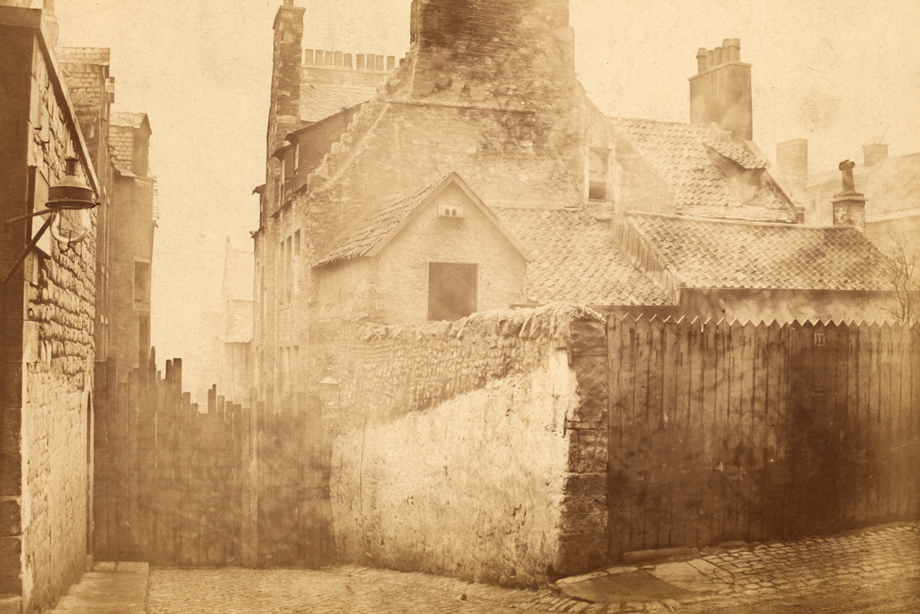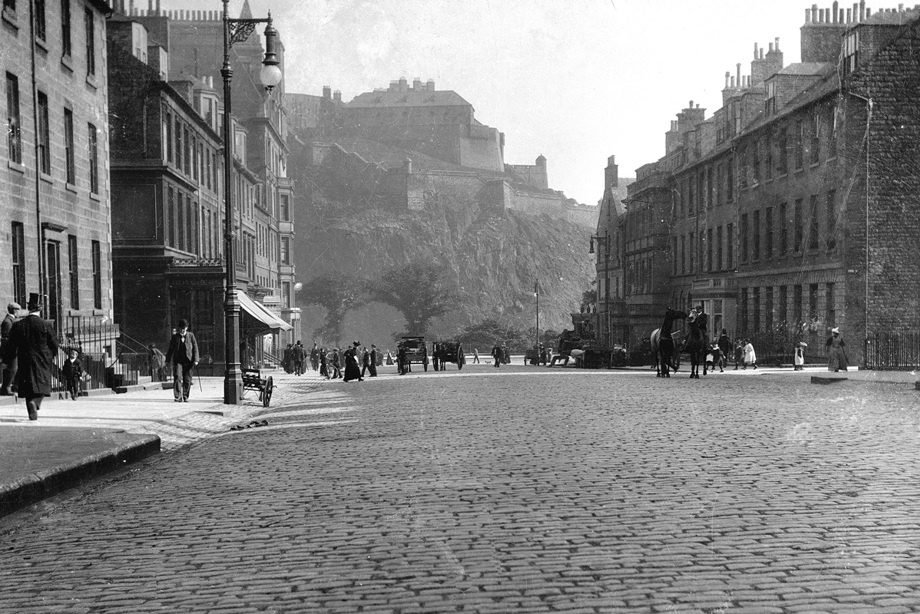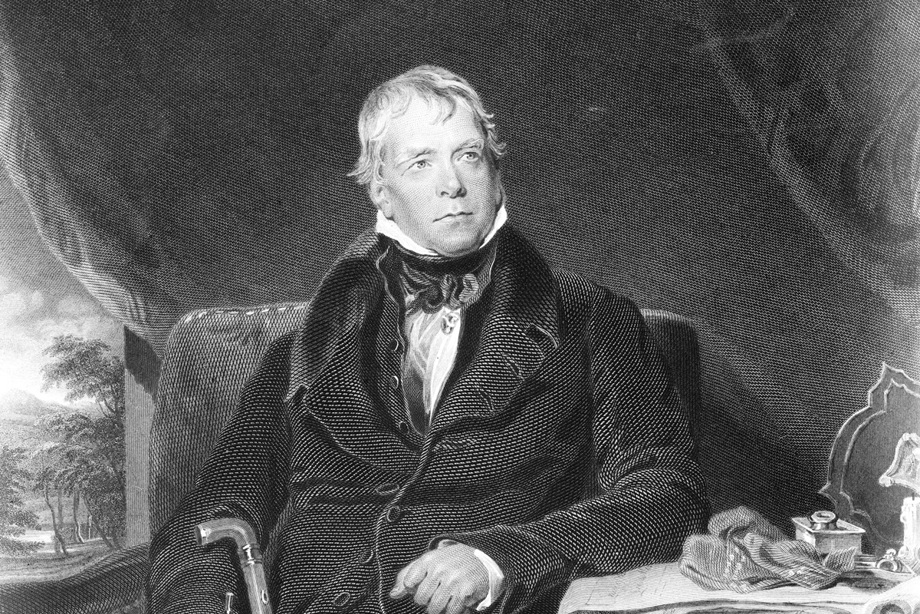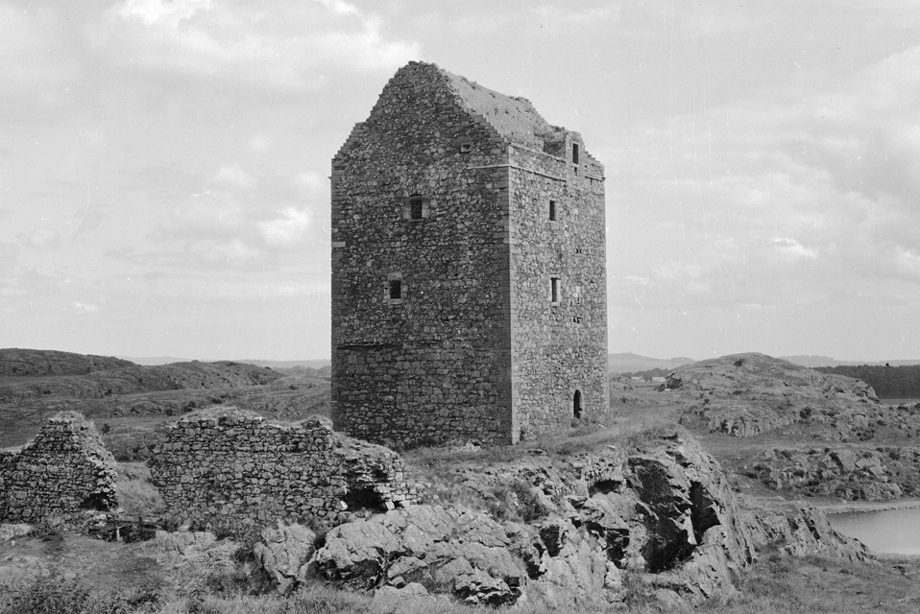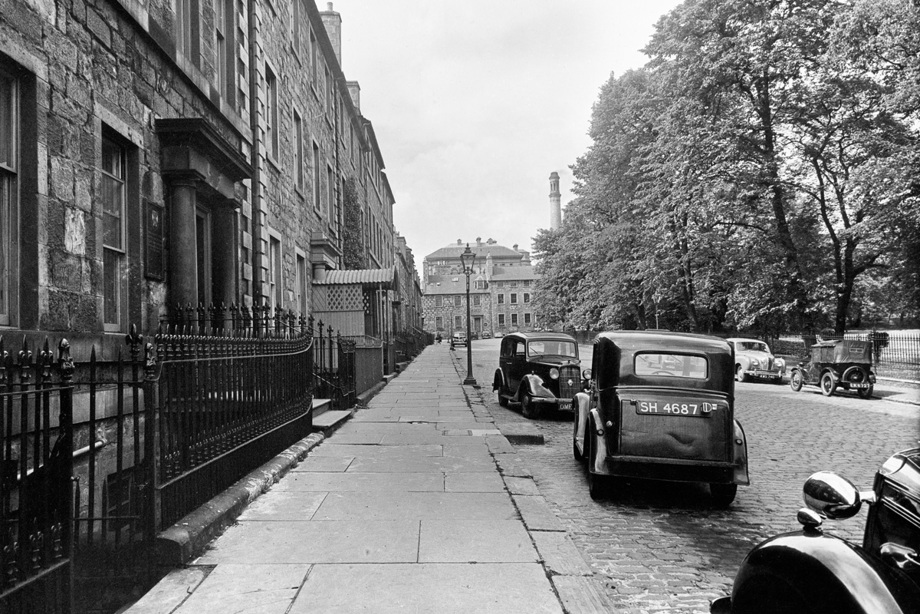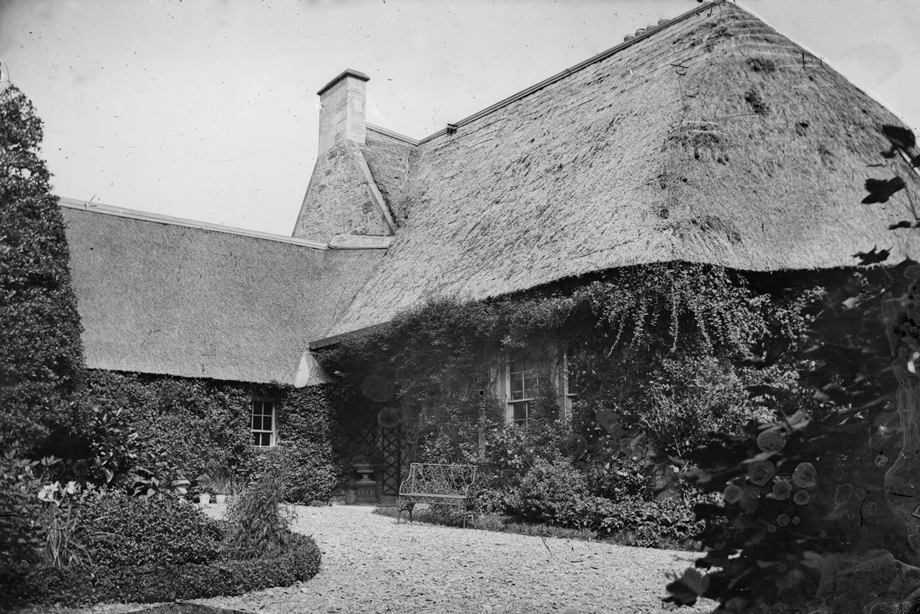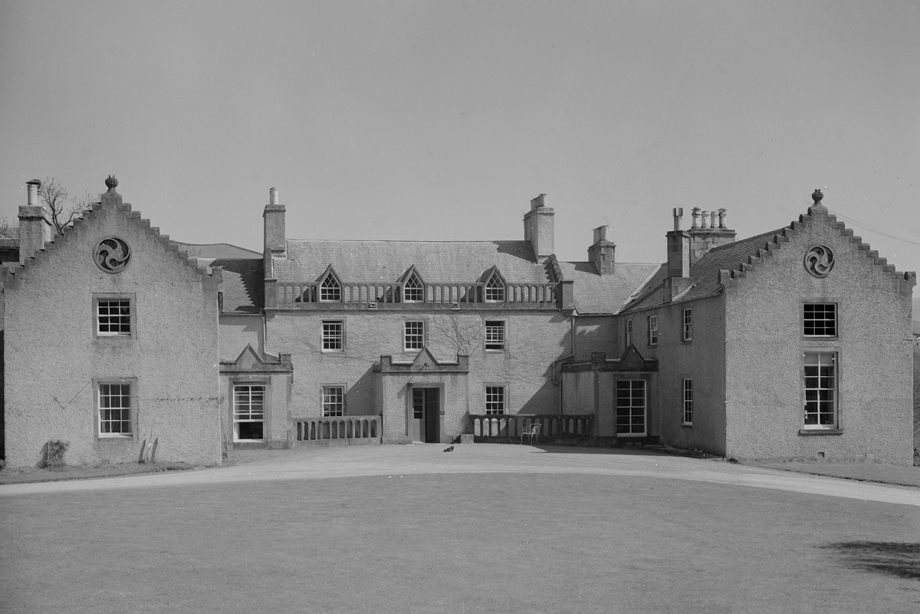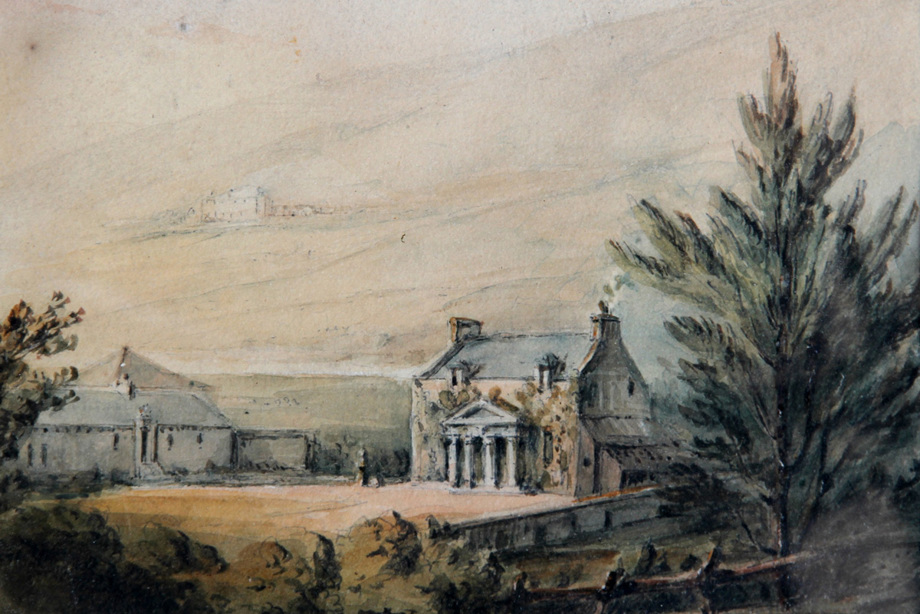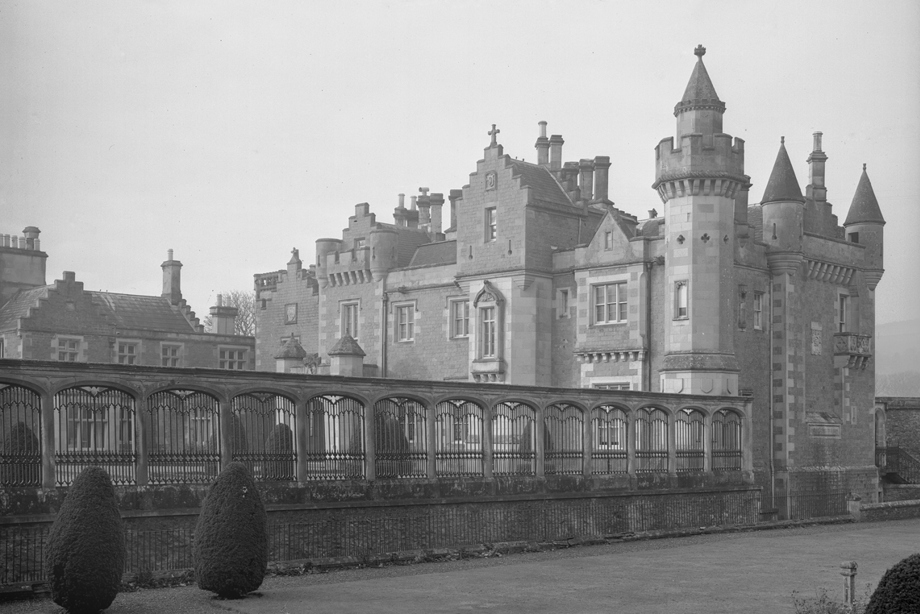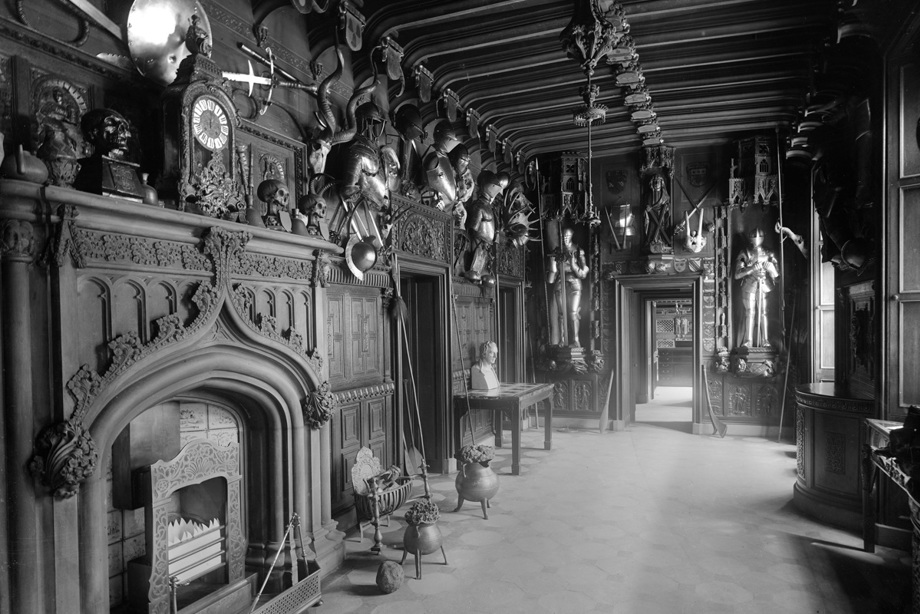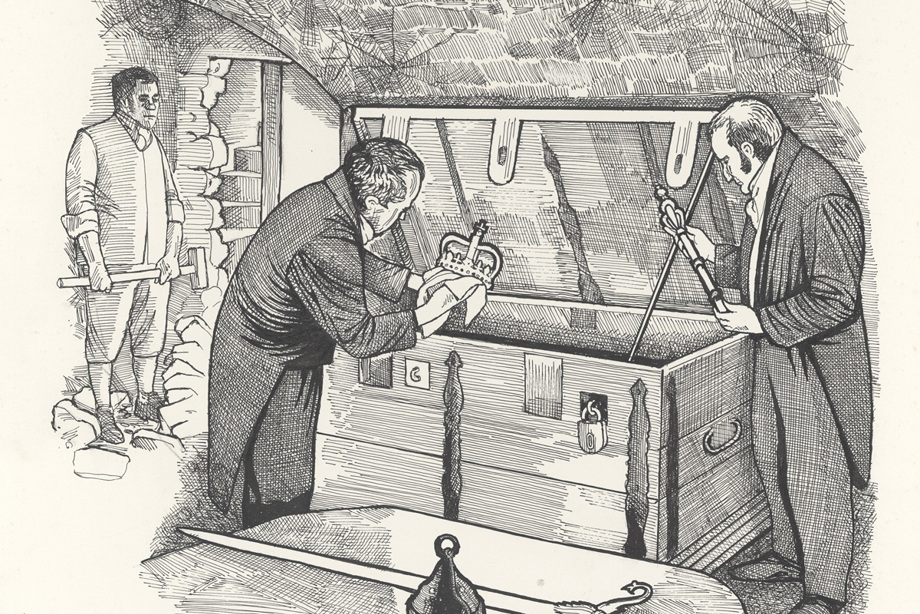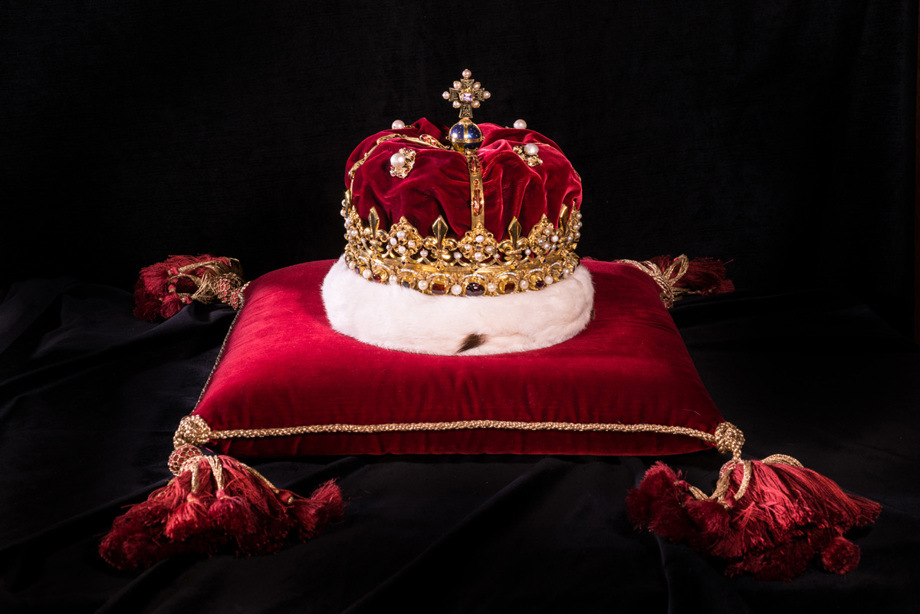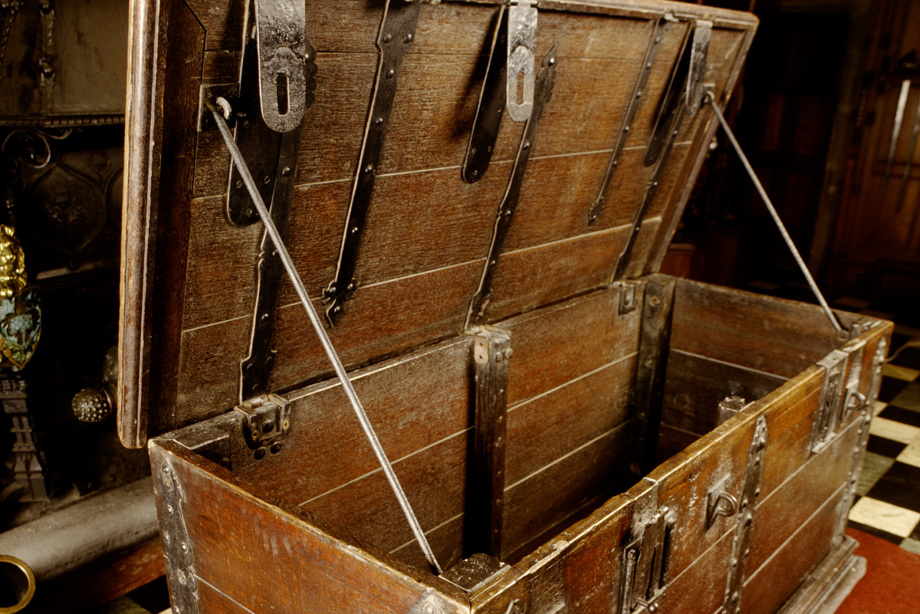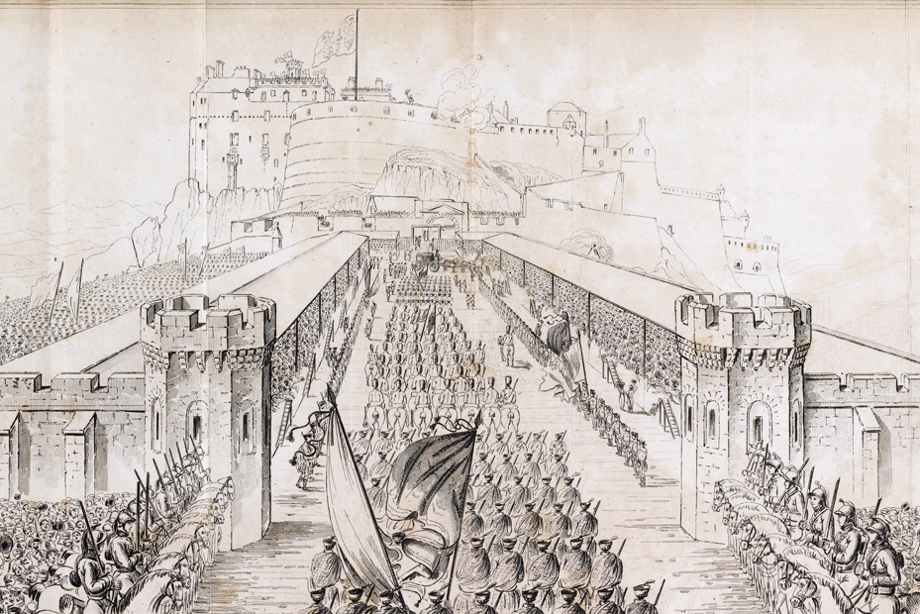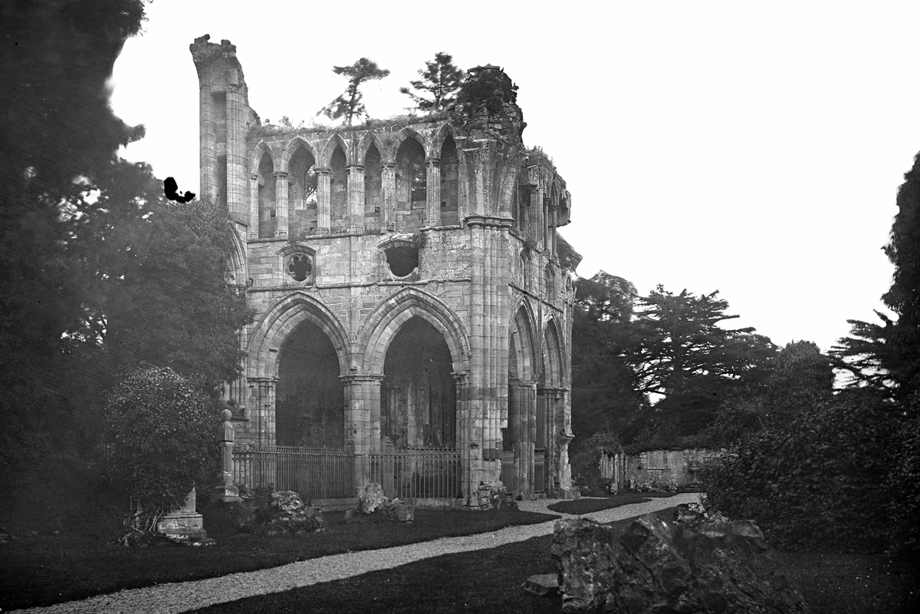Throughout his life Sir Walter Scott lived at a number of different locations, mostly in Edinburgh and the Scottish Borders.
Scott drew inspiration for his writing from the places where he lived, and these homes also reflected his social status.
College Wynd, Edinburgh
Walter Scott was born on 15 August 1771, in an Edinburgh tenement on College Wynd.
His well-to-do family was tightly connected to the pillars of Edinburgh professional life: law and medicine.
His father, also called Walter, was a solicitor. His mother, Anne Rutherford, was the daughter of a professor of physiology at the University of Edinburgh.
This is the street where Scott was born, photographed in 1871, shortly before the demolition of the buildings.
Edinburgh would continue to feature heavily in Scott’s life.
North Castle Street, Edinburgh
As well as studying at the University of Edinburgh, and practising law in Edinburgh, Scott also lived at a number of different addresses around the city.
Between 1801 and 1826, Scott and his family owned a property at 39 North Castle Street where they spent the winter months.
In summers and while away from Edinburgh on legal business, the Scotts stayed in various houses in the Scottish Borders, an area that Scott knew well.
Sir Walter Scott
Scott was the tenth of thirteen children, although not all of his siblings survived past childhood.
Scott had health problems himself; while still only one year old he contracted polio and became lame in his right leg.
Dr John Rutherford, Scott's maternal grandfather, suggested that Scott be sent to live in the country, where ’free air and liberty’ would have a positive effect on his health. As a result of this advice, Scott was sent out of ‘Auld Reekie’ to live with his grandparents at Sandyknowe near Kelso.
Smailholm Tower, Scottish Borders
While at Sandyknowe between 1773 and 1778, young Scott was told stories about Jacobites and Border Reivers by his grandparents and his Aunt Jenny. Some of these ballads would later feature in Scott’s anthology 'Minstrelsy of the Scottish Border'.
This photograph shows Smailholm Tower, a towerhouse near to Sandyknowe, which had been home to Scott’s ancestors.
During Scott’s time at Sandyknowe, multiple attempts were made to cure his lameness and his Aunt Jenny took him on trips to take the waters at Bath, and swim in the sea at Prestonpans.
Whether as a result of healing waters, fresh air, or having space to roam, Scott’s general health had improved by 1778, and he had gained confidence in the use of his legs, even if he still required the support of a stick or a friend’s arm while walking.
25 George Square, Edinburgh
In 1778, Scott returned to Edinburgh to live with his parents and siblings.
While he had been at Sandyknowe the family had moved away from the Cowgate in the Old Town to a large modern house at 25 George Square.
This house would be Scott’s home while he attended the High School of Edinburgh and the University of Edinburgh.
Having qualified as an advocate in 1792, Scott spent the next few years practising law in Edinburgh and making trips to the Borders to gather material for what would eventually become 'Minstrelsy of the Scottish Border' (1802).
Lasswade Cottage, Midlothian
While visiting a spa in Cumberland in 1797, Walter Scott met Charlotte Charpentier, the daughter of French immigrant parents, and they married in Carlisle Cathedral.
Their first home was here at Lasswade Cottage, photographed before 1865 when the building was extended and Scots Baronial architectural features were added.
In 1803, William and Dorothy Wordsworth visited the Scotts at Lasswade.
Wherever we went with him, he seemed to know everybody, and everybody to know and like him.
Ashiestiel House, Scottish Borders
While Scott had been splitting his time between Lasswade and Edinburgh, the first volume of 'Minstrelsy of the Scottish Border' was published in 1802.
This collection of Border ballads proved to be very popular, and it was translated into a number of languages, including German.
It was also at this time, in 1799, that Scott achieved success in his legal career, when he was appointed Sherriff-Depute for Selkirkshire.
While this new role was seasonal, it eventually became necessary for Scott and his family to find a home in Selkirkshire. They left Lasswade and started to rent Ashiestiel House in Selkirkshire as their summer residence.
Cartleyhole, Scottish Borders
Between 1804 and 1811, the period that the Scotts were at Ashiestiel, Scott published the epics that made his name as a poet: 'The Lay of the Last Minstrel', 'Marmion', and 'The Lady of the Lake'.
In 1811, the lease on Ashiestiel expired, and Scott bought a small farm with the intention of extending it into a home for him and his family.
The farm was called Cartleyhole at the time it was purchased, but it is now known as Abbotsford.
Abbotsford, Scottish Borders
On 7 July 1814, 'Waverley' was published and was so popular that by November a fourth edition was being printed.
This hugely successful debut marked the beginning of Scott’s highly prolific career as a novelist.
Between 1814 and 1831, Scott’s novels were published at a rate of at least one each year (except for 1830). While Scott was experiencing this period of fame and financial success, he wrote and re-wrote bestsellers such as 'Ivanhoe', 'Rob Roy', and 'Redgauntlet'.
He was simultaneously engaged in expanding and re-building his home. The name Abbotsford was chosen to replace Cartleyhole when Scott acquired land which was believed to include a ford used by monks at Melrose Abbey.
Entrance Hall of Abbotsford, Scottish Borders
While buying the land around the farm of Cartleyhole, Scott began adding rooms to the original farmhouse.
As well as rooms for the family and for the entertainment of guests, Scott also built an armoury to hold his growing collection of weapons, armour, and other artefacts.
After 1821, the original farmhouse was demolished and the Scots Baronial mansion we recognise today was built.
In order to pay for the constant building and re-building at Abbotsford, Scott took out loans which would bring financial ruin in later life. However, even after falling into debt, Scott still described Abbotsford with these words in his journal: "it pleases a fantastic person in the style and manner of its architecture and decoration".
The Honours of Scotland
As well as a being a best-selling novelist and poet, Scott was also a friend to George IV who was an admirer of Scott’s writing.
In 1818, with the king’s permission, Scott recovered the Honours of Scotland (Scotland’s Crown Jewels) from a chest in Edinburgh Castle, where they had been locked away since 1707.
The King's Jaunt, Edinburgh Castle
In 1822, Scott was given just two weeks to plan George IV’s fortnight-long visit to Scotland. This would be the first time that a reigning monarch had visited Scotland since 1651, when Charles II was crowned King of Scotland at Scone.
The trip was a colourful procession of pageantry and tartan, and included a Highland ball at which the men were instructed to attend in military uniform or in kilts. It concluded with a performance of 'Rob Roy', the play based on Scott’s own novel.
Scott is well-known for putting his own version of Scotland on the page in his writing, but his involvement with ‘the king’s jaunt’ (as it was known) ensured that Scott’s Scotland was put on the stage as well.
The image here is a drawing from the time of the royal visit showing George IV at Edinburgh Castle, where he was given the keys to the castle.
Look closely and you can see George IV, the large figure waving his hat from the top of the half-moon battery, in the centre of the image.
Dryburgh Abbey, Scottish Borders
In 1826, having achieved literary fame and political influence, and becoming laird of a castle he had built with the skill of his pen, Scott suffered financial ruin. Following an economic crash, he was unable to afford his lifestyle.
In the same year, his wife, Charlotte, passed away and Scott spent his last years in increasingly poor health, writing constantly to pay off his debts. Fortunately, his books were still bestsellers.
In September 1832, Scott died at Abbotsford, aged 61, having recently returned from a trip to the Mediterranean for the sake of his health. He was buried at Dryburgh Abbey next to Charlotte.
In a letter to Charlotte prior to their marriage, Scott had expressed a wish to show her the beauty of Dryburgh Abbey, and he let her know that he wished to be buried there eventually.
I hope sincerely that I shall not live to see that day. If you always have those cheerful thoughts, how very pleasant and gay you must be.
Sir Walter Scott - Celebrating 250 Years
In 2021-22, Scotland celebrates the 250th anniversary of one of its most famous sons, Sir Walter Scott. This online exhibition and audio trail of his legacies is part of the celebrations.

